Tin Plate Coil
Product Details:
- Product Type Tinplate coil
- Material
- Type Tin plate
- Technique Hot Rolled
- Click to View more
Tin Plate Coil Price And Quantity
- 86 INR/Kilograms
- 5 Ton
Tin Plate Coil Product Specifications
- Hot Rolled
- Tinplate coil
- Tin plate
Tin Plate Coil Trade Information
- 5000 Ton Per Month
- 10 Days
- All India
Product Description
adhere to the surface of the steel, forming a uniform and tightly adherent layer of tin.
Here are some key characteristics and properties of tinplate:
Corrosion Resistance: Tinplate offers excellent resistance to corrosion, making it suitable for use in environments where exposure to moisture or corrosive substances is a concern. The tin layer acts as a barrier, protecting the underlying steel from rust and oxidation.
Solderability: Tinplate is highly solderable, meaning it can be easily joined or soldered to other metal components. This property is particularly important in applications where a secure bond between metal parts is required, such as in the manufacturing of cans and containers.
Formability: Tinplate steel can be easily formed and shaped using various manufacturing processes, including bending, stamping, and deep drawing. This makes it versatile for producing a wide range of products with complex shapes and designs.
Aesthetic Appeal: Tinplate has a shiny, metallic appearance that gives it an attractive and aesthetically pleasing finish. This makes it a popular choice for packaging materials and other consumer products where appearance is important.
Food Safety: Tinplate is widely used in the production of food and beverage cans due to its inert nature and ability to maintain the freshness and quality of packaged goods. The tin coating ensures that the contents are not contaminated by the steel substrate, making it safe for storing food and beverages.
Overall, tinplate is valued for its combination of corrosion resistance, solderability, formability, and aesthetic appeal, making it an essential material in various industries, including packaging, automotive, electronics, and construction
SPECIFICATION
Thickness: Tinplate is typically available in a range of thicknesses, commonly measured in terms of gauge or millimeters (mm). Standard thicknesses for tinplate sheets or coils can range from around 0.13 mm to 0.49 mm.
Tin Coating Weight: The thickness of the tin coating applied to the steel substrate is specified in terms of tin coating weight, usually expressed in grams per square meter (g/m2) or pounds per base box (lb/base box). Typical tin coating weights range from around 1.0 g/m2 to 11.2 g/m2, depending on the intended application and level of corrosion protection required.
Surface Finish: Tinplate can have different surface finishes, such as bright finish, stone finish, or matte finish, depending on the manufacturing process and customer preferences. The surface finish can affect the appearance and texture of the tinplate.
Temper: Tinplate is available in various temper conditions, which refer to the level of hardness and flexibility of the material. Common temper designations include T1, T2, T3, T4, and T5, with T1 being the softest and most flexible and T5 being the hardest and most rigid.
Width: Tinplate coils are typically supplied in standard widths, ranging from around 600 mm to 1,000 mm or more, depending on the manufacturer's capabilities and customer requirements.
Coil Weight: Tinplate coils are wound into coils for ease of handling and transportation. The weight of the coils can vary depending on factors such as coil width, thickness, and customer specifications.
Chemical Composition: The chemical composition of the base steel substrate used for tinplate production is important for ensuring the desired mechanical and corrosion-resistant properties. Common elements found in tinplate steel include carbon, manganese, phosphorus, sulfur, and trace amounts of other alloying elements.
These specifications are essential for ensuring that tinplate meets the requirements of its intended application, whether it be for food packaging, beverage cans, aerosol containers, or other uses. Manufacturers and suppliers typically provide detailed technical specifications and datasheets for their tinplate products to assist customers in selecting the appropriate material for their needs.

Price:
- 50
- 100
- 200
- 250
- 500
- 1000+

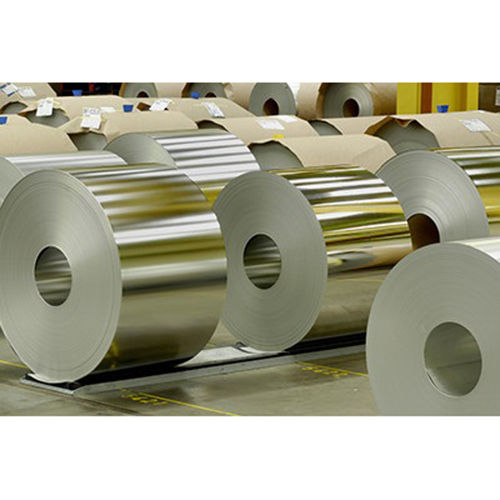

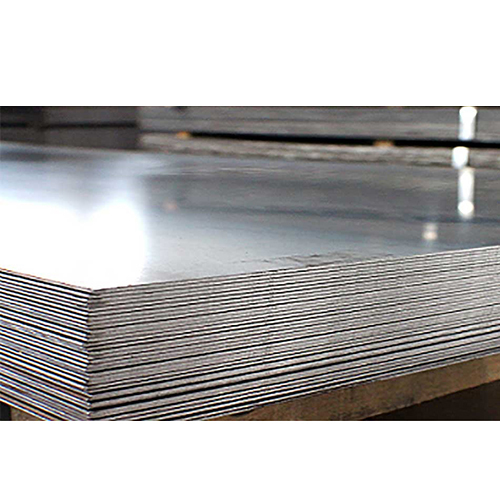
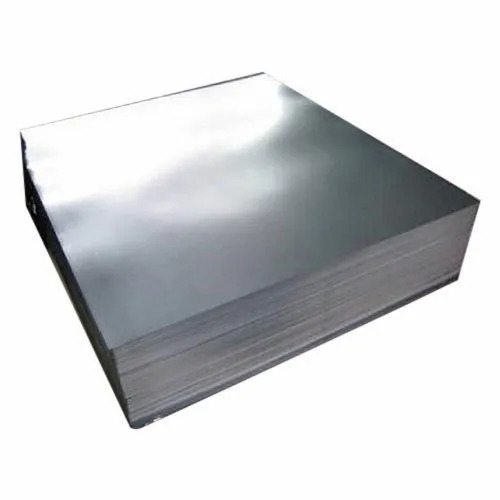
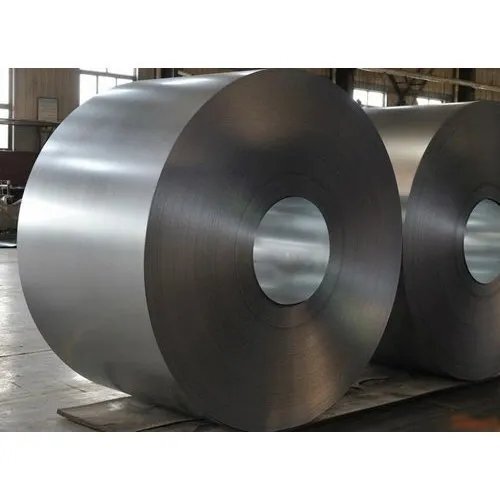
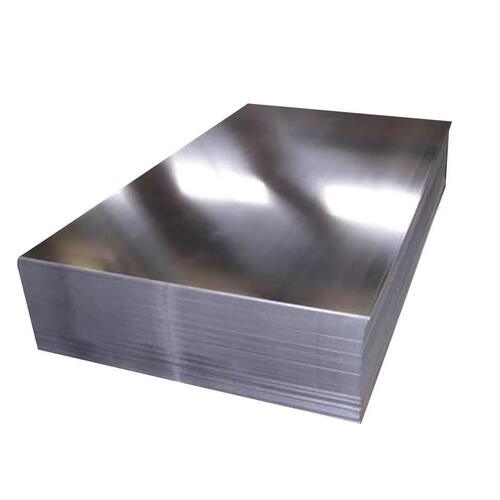



 Send Inquiry
Send Inquiry Send SMS
Send SMS Call Me Free
Call Me Free
